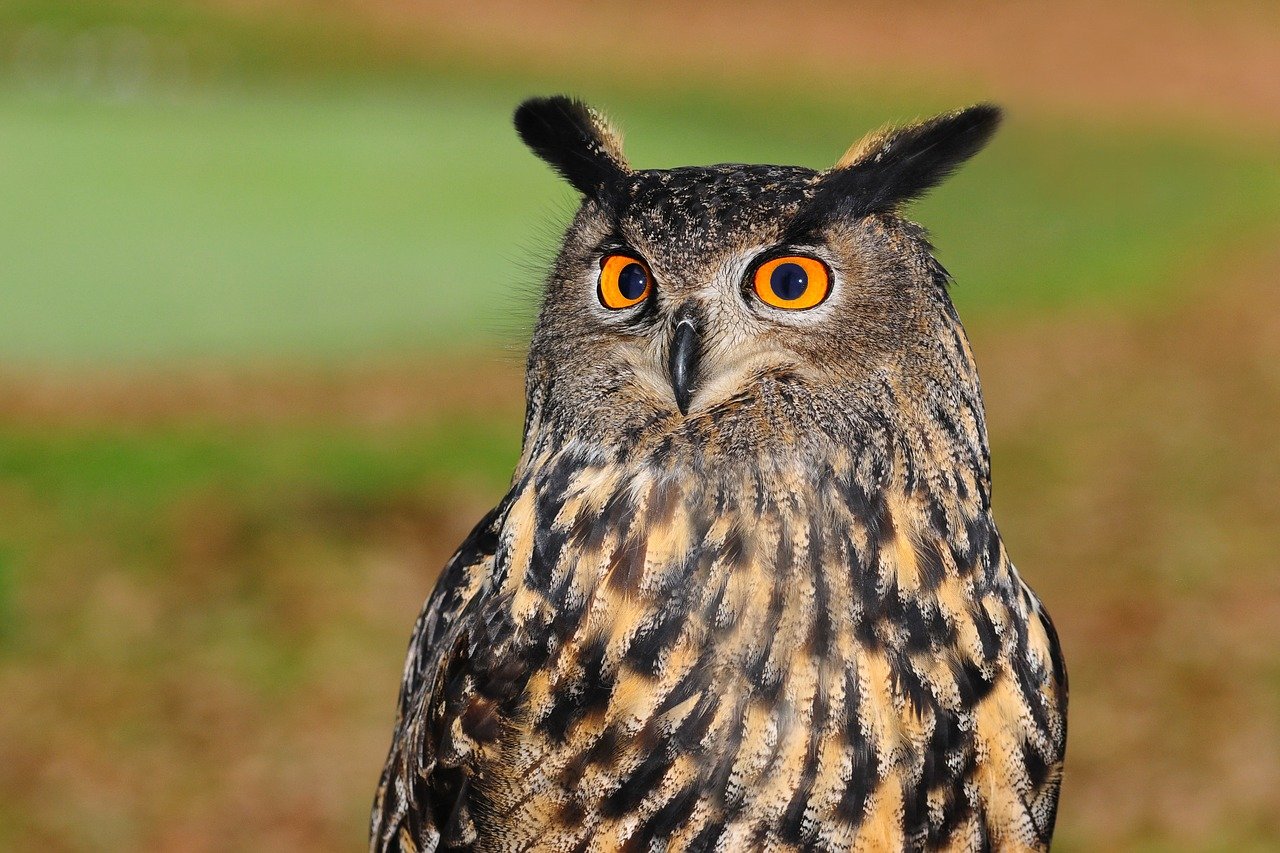Breeding success, dispersal, and long-term changes in a population of Eagle Owls Bubo bubo in southeastern Sweden 1952–1996
DOI:
https://doi.org/10.34080/os.v7.22970Keywords:
bird ringing, bird banding, ringing recoveries, breeding biology, natal dispersal, reintroduction, conservationAbstract
In 1950 when the Eagle Owl became legally protected in Sweden, the species was nearly extinct in most parts of the country and survived only with a small population in the southeastern part of the country, along the Baltic Sea coast. This population has been studied in 1952–1996. Recoveries of birds ringed in the study area demonstrated that dispersal was limited; post-fledging dispersal was on average 56.8 km in the first year of life. In birds older than one year the mean distance from the hatching site to the site of recovery was 47.7 km. The mean brood size in successful nests was 1.47 young. However, the mean reproductive success calculated for all occupied territories was only 0.68 young per pair and year. Among all pairs, 43.7% bred successfully and 24.7% failed. Thus, each year 31.6% of the pairs stayed in the territory without breeding. For an extended part of this long term study, reproduction seems to have been just enough to maintain a stable population size in the study area. Only in the years 1986–90, there seemed to be a surplus of young produced in the study population resulting in new breeding pairs, predominantly outside the old study area. From a national project with captive breeding, 2,759 young Eagle Owls have been released in nearly all parts of Sweden. Around 1982, the number of pairs originating from the released birds was in equilibrium with the original "wild" population, and in 1995 the released birds and their descendants were about twice as many. In recent years probably many pairs are of mixed origin, and the mixing of the two populations is likely to increase in the future. In total, there were about 400 territories occupied by Eagle Owls in Sweden in 1996.
Downloads

Downloads
Published
How to Cite
Issue
Section
License
The copyright of each contribution belongs to the author(s), but all contributions are published under a Creative Commons license, so that anyone is free to share and reuse the contribution as long as the copyright holder is attributed.







